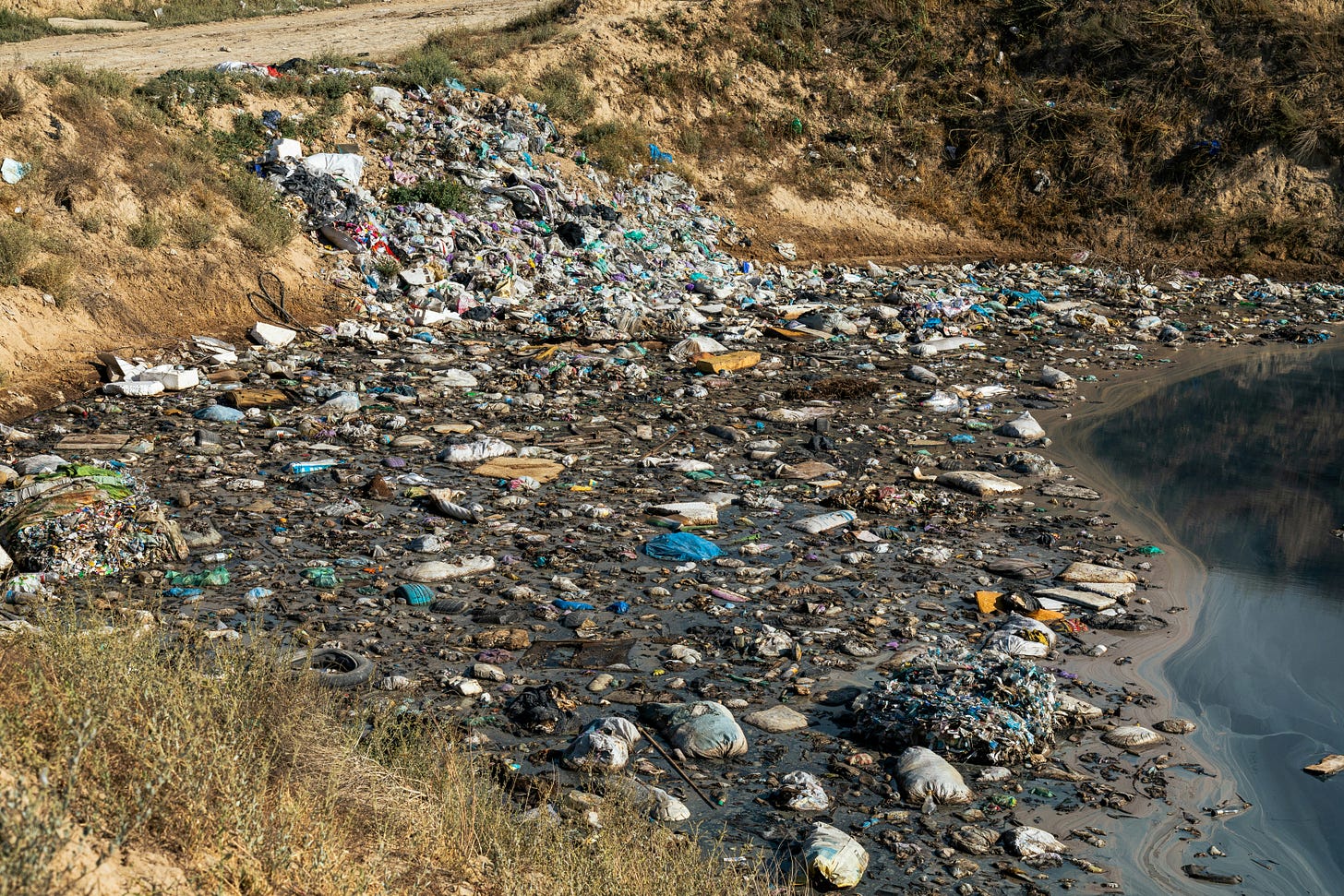According to Earth.Org, there has been a growing number of items bought but a decline in the duration of how long the clothes are worn for over the last couple of years. While fast fashion helps a lot of people be able to afford clothes (most of the time), we cannot ignore its negative impacts on the environment, workers, and even consumers. Although consumerism has been increasing throughout the decades, the rise in overconsumption has worsened in the 21st century compared to the last. This is due to the role that fast fashion and the media have played in feeding into consumer desires and making clothes more accessible.

For a long time, clothes have been a status symbol, particularly in Western societies. In the past (and even today), the average person viewed clothes as a privilege, and certain fabrics, colours, and styles were reserved for a small group of elites who ruled society. Clothing was used to separate the elites from the commoners. However, after the industrial revolution, fashion started to be viewed differently thanks to the rise of print media. Although they started out as exclusive to the rich, fashion magazines grew more popular and reached more people throughout the 20th century. Along with television and film, fashion made its way into the homes of many, creating a love and desire for clothes that seemed more attainable for the average person. Trends were starting to be shown in the media by using celebrities such as actors, models, and musicians. Those who were seen as part of the elite were used for marketing clothes to make customers want to be seen in a similar light. Trends provided the consumer with information on how to get that desired look. By the time the 1990s came and the 2000s started to roll in, fashion had not only become a way to attain a socially desirable image—it also allowed people, especially the youth, to find their identity and connect with others similar to them.
Fast forward to today, and the media has become almost impossible to escape. Everywhere we go, something is always being sold to us—items, a look, or a lifestyle—whether we realise it or not. Social media plays a huge role in advertising. Not only has social media made our attention spans shorter, but it has also shortened the duration of our interests and the trend cycle. Current trends are constantly popping up with more niche aesthetics. This creates a higher demand for a broad range of interests in a short amount of time, causing a decline in the quality of clothing and great exploitation of workers.
Due to our inability to properly utilise trends, we are becoming more wasteful than ever as people buy clothing without thinking whether or not they like what they are getting just because it is all over their For You Page. Trends can be a great tool that brings up certain clothing or styles that might interest you, and can help you build your own style for years to come. However, we can be so blinded by the now that we rush to purchase things that won’t last. To avoid contributing to the overconsumption of clothes, purchase slowly. Give yourself time to think about what you like, how long you will be wearing that item for, and multiple ways you can style it and incorporate it into your existing wardrobe. Also, by buying slowly, you allow yourself to save money for better quality clothes that will last longer.




A great insight into the trend cycle, and the origin of clothes being a status symbol. I feel this narrative is sometimes lost or forgotten but is important when discussing how to move forward to a more inclusive and sustainable fashion future.